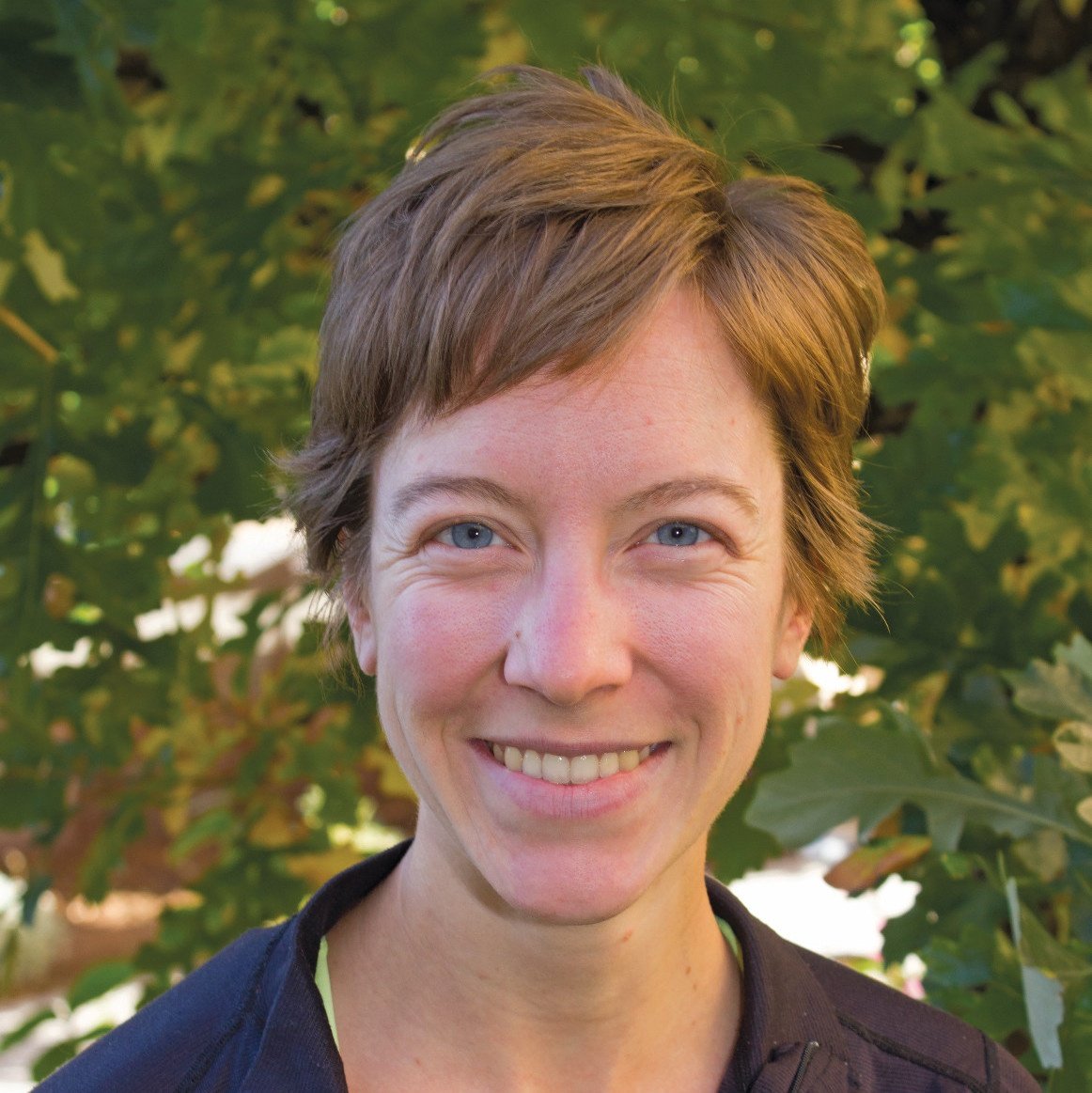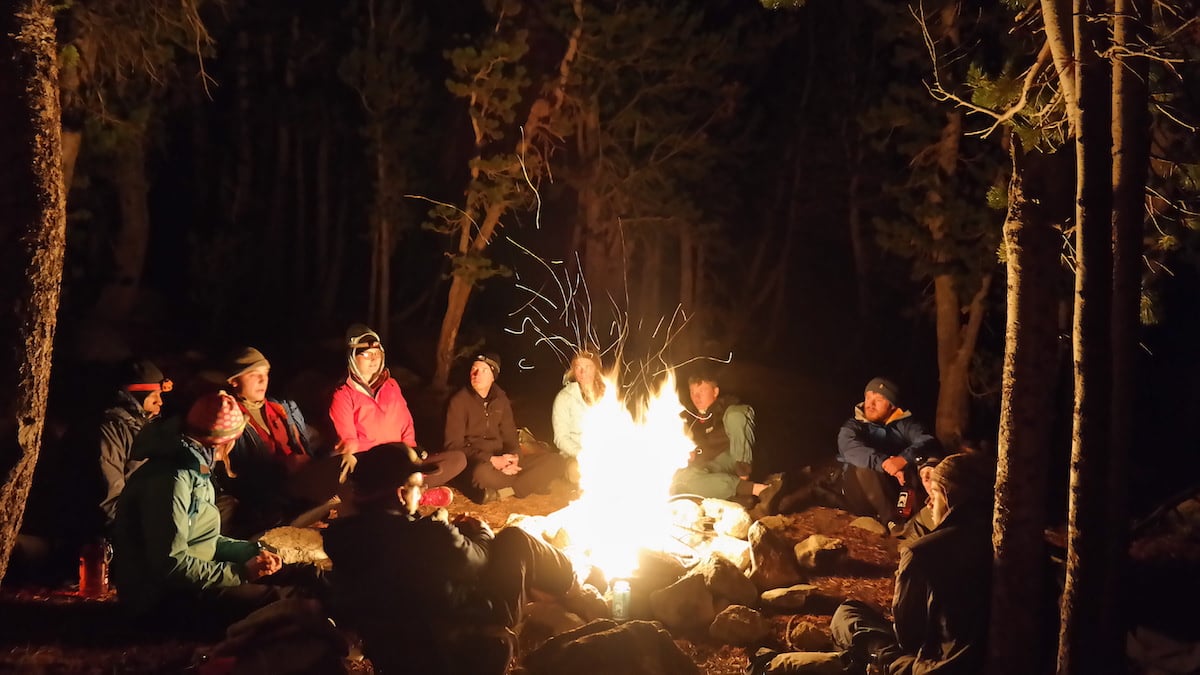 Field biologists practice administering an IV, a unique part of the NOAA first aid course. Photo courtesy of Jessica Bohlander.
Field biologists practice administering an IV, a unique part of the NOAA first aid course. Photo courtesy of Jessica Bohlander.
Imagine you’re on an island. You have food, water, and shelter, some technical biological equipment, and one or two companions. It’s hot out, sunny, and sand is blowing everywhere. You’re going to be on this island, with only the supplies you brought and colleagues who came with you, for the next five months, and you think you’re ready for anything. Then, one of your companions slices open their foot on a shell while walking along the beach. What do you do now?
For the field biologists working at the NOAA Hawaiian Monk Seal Research Program (HMSRP), this situation could be one of the unexpected challenges awaiting them in their field camp. Each year, several teams of biologists are deployed to the northwestern islands of Hawaii to observe and record data about monk seal populations. These islands are remote—a four to five-day boat ride from the nearest town in ideal conditions, and the biologists plan to live and work in small groups on the islands for months at a time.
Being in such remote locations also means that if an injury occurs, aid comes in the form a chartered boat that will take four to five days to arrive and another four to five days to return to the nearest hospital, unless you’re lucky and there happens to be another boat passing with a trained medical crew. A lengthy, expensive, risky evacuation is likely your only option—unless your colleagues know how to take care of you.
 A monk seal rests outside a solar-powered NOAA field camp. Photo by MMPA/ESA Permit #10137, #16632, or #932-1905.
A monk seal rests outside a solar-powered NOAA field camp. Photo by MMPA/ESA Permit #10137, #16632, or #932-1905.
That’s why, 15 years ago, NOAA sought out medical and risk management training for their biologists and connected with the NOLS Wilderness Medicine. Now, at the beginning of each season the biologists complete a customized Wilderness First Aid (WFA) course to prepare them to take care of each other in a remote island environment.
A customized course means that issues like altitude illness or hypothermia get substituted for more common issues like marine animal bites and stings and wound care. Surprisingly, though seal bites occur once or twice per year, Jessica Bohlander, field research supervisor for the program, confirmed that the most common injuries, “have nothing to do with the actual work, but just in living and working around camp, [things like] burns or stubbed toes.”
Injuries like these are no small matter on a remote island. Imagine trying to keep a wound clean as wind constantly blows around sand and debris and sea birds try to get in your tent and leave guano all over the place.
Bohlander noted how much the first aid course emphasized prevention, saying that when she started her work as a field biologist, “I had the naïve assumption of 'it’s risky but they’ll take care of us if something happens’ and [the course] just really highlights that we have to take care of ourselves. And that’s the really good thing about the course and about what they focus on—it’s not just how to treat emergencies that come up but how to prevent them.”
"It’s not just how to treat emergencies that come up but how to prevent them."
 The course emphasizes wound care and uses pigs' legs to give the biologists real-life practice. Photo courtesy of Shana Tarter.
The course emphasizes wound care and uses pigs' legs to give the biologists real-life practice. Photo courtesy of Shana Tarter.
For example, one year a biologist threw out his back while dragging a net that had washed up on shore. In the night he threw out his back again, and the next day he was completely immobilized and in severe pain. In the end, his colleague had to call for an evacuation, provide care for him, pack up the camp herself, and wait several days for the NOAA vessel to arrive. Because of his injury and the cost of transport, the team was unable to return and continue with their project. Bohlander added, “something that seems like a day-to-day part of your work, like pulling up a net that washes up, then meant the end of their season.” She added that risk assessment means considering, “not only what it means for you and your own health, but what it means for your co-workers and the project if you get injured or don’t take care of yourself.”
Though Bohlander took the WFA course five years in a row when she worked in the field, she did not get complacent as she received more training. She said, “I think every year I felt less and lesscomfortable because I knew more and more what the possibilities were, but I felt more and more competent being able to deal with them.”
The biologists completed their yearly training in May and are in the field now, conducting their research with the knowledge that they are prepared with the skills and competence to manage whatever unexpected situations might arise.
 Sea birds and the NOAA field camp share a beach. Photo by MMPA/ESA Permit #10137, #16632, or #932-1905.
Sea birds and the NOAA field camp share a beach. Photo by MMPA/ESA Permit #10137, #16632, or #932-1905.Visit the Wilderness Medicine website to learn more how you and your team can earn certifications in Wilderness First Aid, as a Wilderness EMT, and more.
Written By
Molly Herber
Molly is a NOLS instructor and writer. She loves the smell of her backpack and does her best writing before 7:00 am. When she's not scouting the next post for the NOLS Blog, she's running and climbing on rocks in Wyoming. Follow her on Instagram @mgherber



